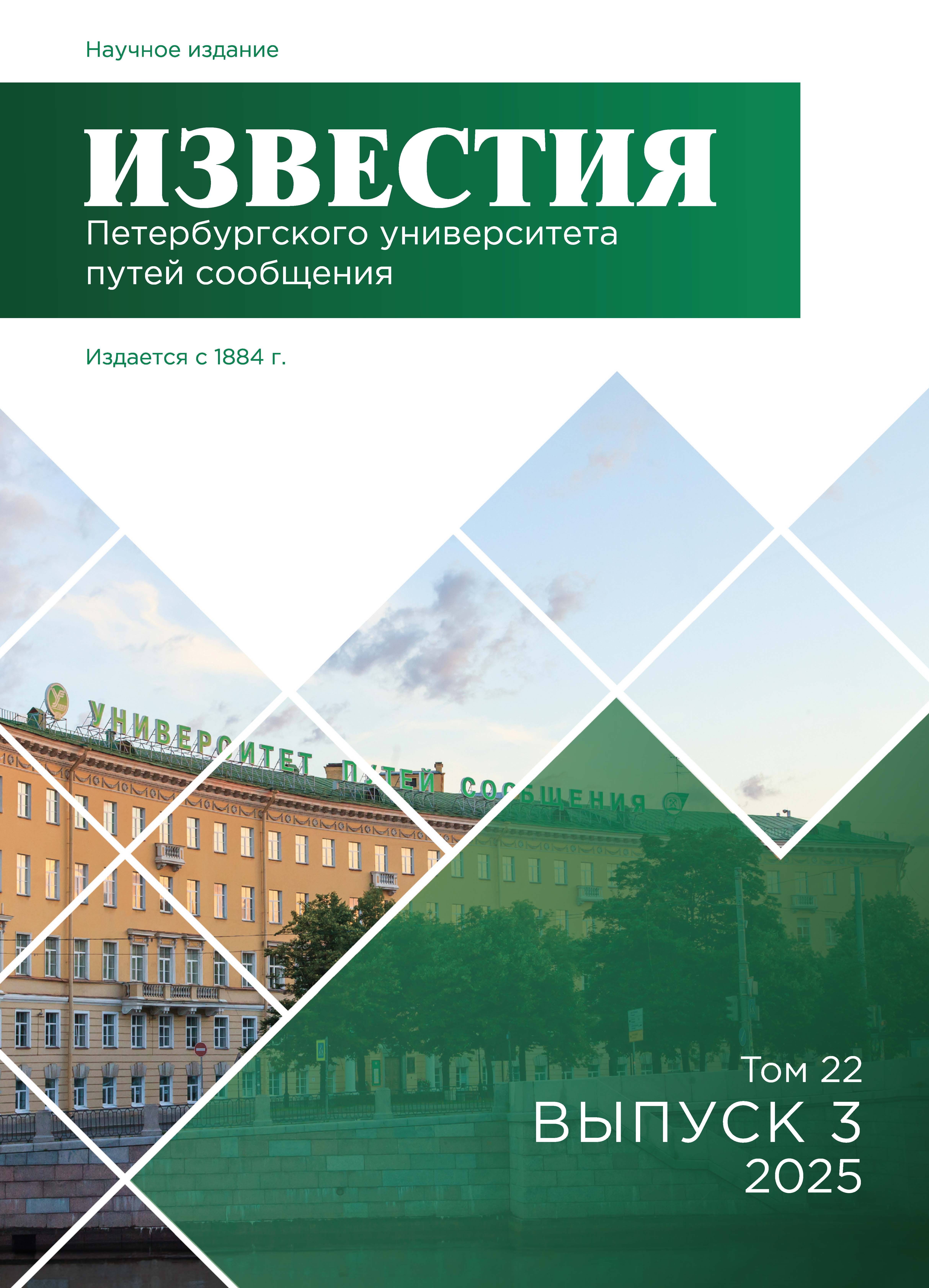Russian Federation
Russian Federation
Russian Federation
Purpose: To present the research results describing the impact of temperature and sunlight intensity on the efficiency of solar photovoltaic cells of various types. To compare the characteristics of silicon and thin-film photovoltaic materials and to identify the most resistant materials for the photovoltaic cells. To analyse their feasibility in various climatic conditions. To assess the energy efficiency of solar photovoltaics made of silicon and thin-film materials of different types. A new method has been tested for the calculation of voltage characteristics (WAC), the level of influence of solar element surface temperature (SE) and the sunlight intensity, as well as the values of serial (Rs) and parallel (Rsh) resistances associated with losses and leakage of currents. Methods: Methods of comparative analysis and graphical visualization were used. They helped to make conclusions and recommendations, as well as justify the choice of materials for manufacturing solar cells based on the “energy efficiency” indicator. Practical significance: The results of the presented studies make it possible to select photovoltaic cell materials when using unconventional solar energy instead of traditional when providing electrical power to certain facilities including railway facilities, which makes it possible to implement the principle of energy conservation at any facility for the implementation of the results obtained.
Energy efficiency, solar cells, photovoltaic materials, temperature stability, sunlight, efficiency
1. Gorbunova M. M. K voprosu perspektiv primeneniya vozobnovlyaemyh istochnikov energii i tehnologiy al'ternativnoy energetiki / M. M. Gorbunova, V. A. Finochenko // Trudy Rostovskogo gosudarstvennogo universiteta putey soobscheniya. — 2022. — № 4(61). — S. 35–40.
2. Il'icheva Yu. A. Vozobnovlyaemye istochniki energii v mire i v Rossii: uchebnoe posobie / Yu. A. Il'icheva, S. Z. Zhiznin, M. V. Dakalov. — M.: MGIMO- Universitet, 2019. — 209 s.
3. Gremenok V. F. Solnechnye elementy na osnove poluprovodnikovyh materialov / V. F. Gremenok, M. S. Tivanov, V. B. Zalesskiy. — Minsk: Izd. Centr BGU, 2007. — 222 s.
4. Alferov Zh. I. Tendencii i perspektivy razvitiya solnechnoy fotoenergetiki / Zh. I. Alferov, V. M. Andreev, V. D. Rumyancev // Fizika i tehnika poluprovodnikov. — 2004. — T. 38. — № 8. — S. 937–948.
5. Torchynska T. V. III-V material solar cells for space application / T. V. Torchynska, G. P. Polupan // Semiconductor Physics, Quantum Electronics & Optoelectronics. — 2002. — Vol. 5. — Iss. 1. — Pp. 63–70.
6. Voronkov E. N. Tokovaya neustoychivost' v solnechnyh elementah na osnove a-Si:H, voznikayuschaya posle ih zasvetki / E. N. Voronkov // Fizika i tehnika poluprovodnikov. — 2001. — T. 25. — № 6. — S. 703–706.
7. Kosyachenko L. A. Problemy effektivnosti foto-elektricheskogo preobrazovaniya v tonkoplenochnyh solnechnyh elementah CdS/CdTe / L. A. Kosyachenko // Fizika i tehnika poluprovodnikov. — 2006. — T. 40. — № 6. — S. 730–746.
8. Yurchenko A. V. Statisticheskaya model' kremnievyh solnechnyh batarey, rabotayuschih pod vozdeystviem prirodnyh i apparatnyh faktorov / A. V. Yurchenko, A. V. Volgin, A. V. Kozlov // Izvestiya Tomskogo politehnicheskogo universiteta. — 2009. — T. 314. — № 4. — S. 142–148.
9. GOST R 56983—2016 (MEK 62108:2007). Ustroystva fotoelektricheskie s koncentratorami. Metody ispytniy. — M.: Standartinform, 2016. — 45 s.
10. GOST R MEK 60904-3—2013. Pribory fotoelektricheskie. Chast' 3: Principy izmereniya harakteristik fotoelektricheskih priborov s uchetom standartnoy spektral'noy plotnosti energeticheskoy osveschennosti nazemnogo solnechnogo izlucheniya. — M.: Standartinform, 2014. — 89 s.









